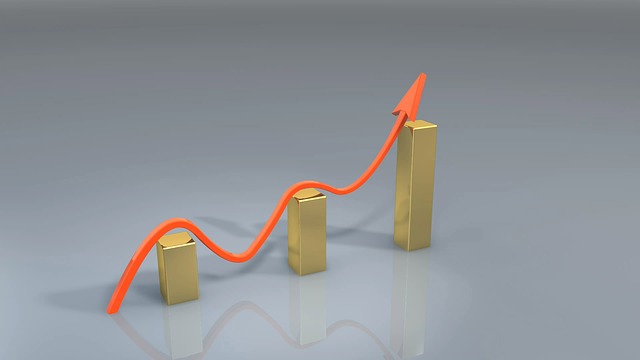I do not have to throw statistics to claim that some Singaporean companies are experiencing trouble in retaining their employees. Losing money to hire a new talent over and over again seems to be inevitable because of the perceived dissatisfaction in the workplace. Last year, the aspects of work of 5,000 Singaporean employees were studied by Singapore Human Resources Institute. They found that on average, the employees were considered “Under Happy” at work.
Prevent the high turnover rate by instilling alterations in the working conditions. Often times, employees are just hungry for change. Start with these 4 issues that you can juggle on:
1. HORRIBLE BOSS
The competitive cost of living in the country affected the demand for faster output. In return, this can create a toxic workplace wherein employees suffer from burnout or depression. Adding a horrible boss into the mix will only worsen the situation.
In 2012, JobsCentral conducted a survey including the responses of 3,299 employees and 256 hiring managers. A whopping 31% of the respondents said that they do not have satisfying boss-worker relationship. This is because of the following reasons: lack of advancement opportunities (87.5%), lack of autonomy (80.6%), and work demands (71.1%). So, if you want your priced employee to stay, warn the boss against these poor practices.
2. LOW OPPORTUNITIES FOR CAREER GROWTH
Career growth does not only help the employee personally but also financially. An employee maybe happy at his or her current position but in need of bonuses to cover the rising costs. A limit in growth can decrease the motivation and purpose of the employee to strive for more. For some the limit is unacknowledged and it is famously called as the “glass ceiling”. Therefore, companies shall create tangible career paths.
3. LOW SALARY
I cannot deny the fact that salary is a common factor for an employee to draft his or her resignation. In fact, 61% of Singaporean employees felt that were underpaid and overworked compared to the existing market rates. CPF deductions and domestic expenses will be deducted to the baseline salary afterwards. This leaves no room for retirement funds or any type of savings.
Solution! Companies: make room for increments no matter how small it may seem. Individuals: do not hesitate to ask for a raise.
4. OFF-BALANCE BETWEEN WORK AND LEISURE
When we work as hard as we do, we only deserve to play hard too! According to a survey, 57% of Singaporeans said they would rather have a work-life balance over higher pay. Take notes from the CEO of I-Search Worldwide – Mr. Richard Hoon who sets aside the Friday evenings for the staff to gather and chat with complementary food and beverage. It is his way to help the employees ease into the relaxing weekends ahead.















